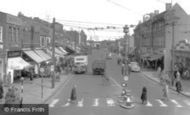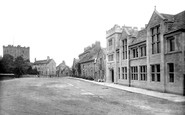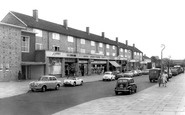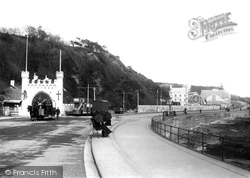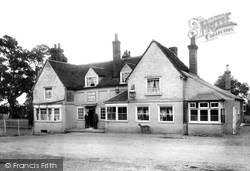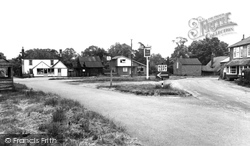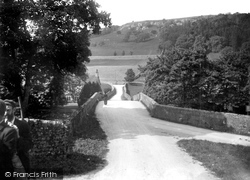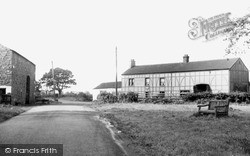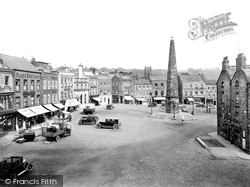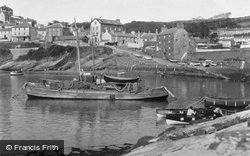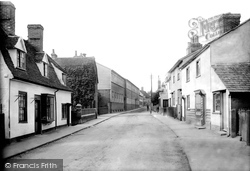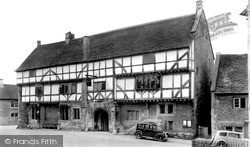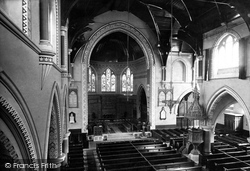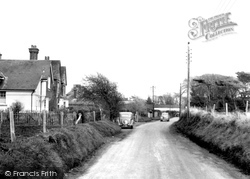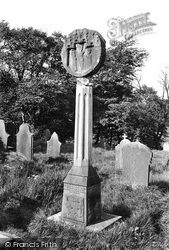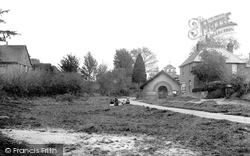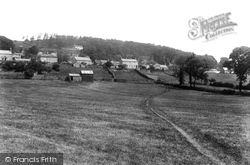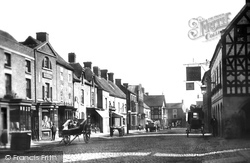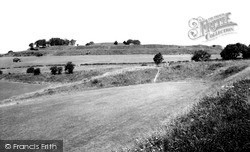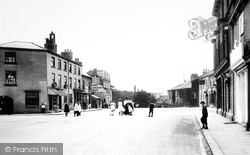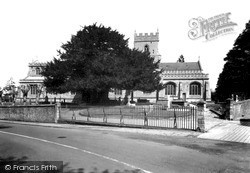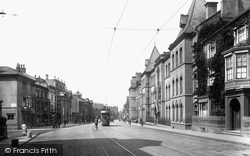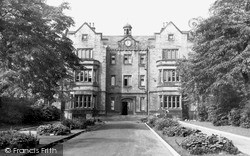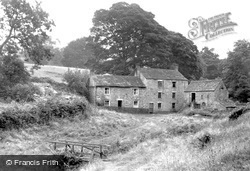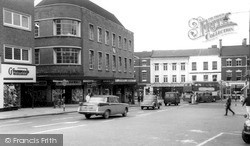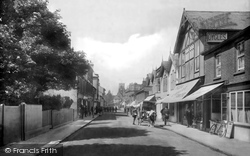Merry Christmas & Happy New Year!
Christmas Deliveries: If you placed an order on or before midday on Friday 19th December for Christmas delivery it was despatched before the Royal Mail or Parcel Force deadline and therefore should be received in time for Christmas. Orders placed after midday on Friday 19th December will be delivered in the New Year.
Please Note: Our offices and factory are now closed until Monday 5th January when we will be pleased to deal with any queries that have arisen during the holiday period.
During the holiday our Gift Cards may still be ordered for any last minute orders and will be sent automatically by email direct to your recipient - see here: Gift Cards
Places
4 places found.
Those places high-lighted have photos. All locations may have maps, books and memories.
Photos
2 photos found. Showing results 421 to 2.
Maps
65 maps found.
Books
Sorry, no books were found that related to your search.
Memories
4,591 memories found. Showing results 211 to 220.
Ccefn Fforest
My memories of Cefn Fforest were of Whitson marches in your new clothes and having sore feet where your new sandles rubbed your feet raw. Along with 'Thomas The Milk' was Pughs Farm who had a horse and cart delivering the ...Read more
A memory of Cefn by
Evacuation To Fonab Castle Sept.1939
Evacuation - September 3rd 1939 The government decided that mothers and children should be moved to the countryside away from areas at risk from bombing. On the 3rd, parents and children all gathered at their ...Read more
A memory of Pitlochry in 1930 by
Gervis Road Collyhurst Flats 1945 1964
My name is Tom Smith. I was born in 17 Gervis Rd, Collyhurst Flats in August 1945. My dad was Jack Smith and my mam was Ada; there were 6 kids, John, Mary, James, (me) Andrew, and Arthur. To me the flats ...Read more
A memory of Collyhurst in 1945 by
Wrens Warren Camp
I'm reading a book. Came upon the name Christopher Wren (astronomer around 1683). Suddenly it slipped into my mind the combination Wrens Warren Camp and via google came upon this site. I'm Dutch, survived the winter of ...Read more
A memory of Colemans Hatch in 1945 by
Good Memories
I spent a few days in London for the Queens Diamond Jubilee last year. I decided to pay a visit to where I use to live in Welling. After reading some of the stories it certainly brought back memories. Like going to the Embassy on ...Read more
A memory of Welling in 1950 by
My Childhood In Erith
My sister Wendy and I went to school at The Sacred Heart Convent on Erith Rd in the early '50s. I remember being taught by nuns in traditional nun's habits. But one teacher who wasn't a nun I remember because she was called ...Read more
A memory of Erith in 1954 by
Mr. Stevens
Does anyone remember Mr. Stevens? He used to keep the village tidy; always sweeping the roadside. He had a daughter Betty who I would love to know of her whereabouts as she was a friend of mine when we went to Perins school ...Read more
A memory of Cheriton in 1955 by
Uiversity Days Rag Week
Sorry - I got it wrong - the year of my memory of Rag Week was 1959. One of the other memories on this site related to Councillor Thurlow, who was Mayor of Durham in 1956. In that year - November - the Queen Mother came to ...Read more
A memory of Durham in 1959 by
High Cannons School.
I came from Lowestoft in Suffolk to live with an aunt and uncle in Glenhaven Ave, while my mother was ill. I remember being taken by coach with my sister Jacky to High Cannons. We were not happy at first. It was very ...Read more
A memory of Borehamwood in 1953 by
Happy Youth
I first found out about when I moved to Great Horton in Bradford about 1952. I met a boy called Philip Tempest who lived in a house near by, we became life long friends. His parent took me on holiday with them to a cottage they owned ...Read more
A memory of Nesfield in 1950 by
Captions
913 captions found. Showing results 505 to 528.
There was talk of converting the horse tramway to electric traction, but nothing ever came of it.
It contains some 15th century woodcarvings from Danbury church - as well as some wall-stencilling identical to that in the church - and oak beams that came from a ship.
It was here that the local citizens came to watch sports, gladiatorial contests and public executions.
Fame also came to Arncliffe in 1972 when the church of St Oswald and The Falcon pub were used as locations for the TV series Emmerdale Farm.
Erected in 1554, this black and white timbered building is older than the church of St Leonard, which has carved stones that came from Whalley Abbey.
Cookes next door was a printer and stationer selling postcards, and then came A G Metcalfe, a baker with café, and R S Corner, a confectioner.
Fishing was an important local industry, particularly during the 18th century when vast shoals of herring came in the autumn.
Daniel Walters came to the town in 1822, and these mills were built in 1856. Behind these is another range of buildings constructed in 1869.
Built in the late 14th century for the Carthusian monks of Hinton Priory, the George Inn catered for the wool merchants who came to the town's two annual fairs: it performed a useful service and was
The parish church of St John was described as 'one of the architectural ornaments of the town', and the interior came in for much praise.
The residents must have been thankful that neither plan came to fruition.
It is thought that the chancel screen came from Sawley Abbey.
Southbound transport survived for a few more years and came to an end in 1972, when a Blue Line narrow boat docked at Dickenson's wharf at Croxley Green.
In 1929, the Dublin-born crime writer Freeman Wills Crofts came to live in Blackheath.
The addition of 'under-Scar' came in the 16th century to distinguish the village from other Prestons. In the village are the parish church (1862) and the Wesleyan chapel (1805).
The village features in the story surrounding Wulfhere of Mercia and his two sons Ulfred and Rufin.The two claimed to be going hunting, but came instead to Eccleshall; here they were baptized by
Old Sarum is a hillfort built by the people of the Iron Age, who came to Britain from around 500BC. Its spectacular ramparts and ditches enclosed their community.
Wetherby was famed for its ancient Thursday market and fair, sanctioned by the Knights Templar. The town hall was built in 1845.
Canon Sir James Philipps, rector from 1859 to 1897, paid Blomfield to renew the church of St Denys in 1887- 89.
On the right is the Notre Dame School, founded by two sisters in the mid 19th century. The school closed in 1975, and the building was later demolished.
In 1930 the Ecclesall Union Hospital came under local government control and was renamed Nether Edge. The institution had an interesting history.
Modernisation came during the 19th century when the mill was equipped with a steam engine.
The wide end of the Ironmarket was also known as Butchers' Row; even its supply of water came to the surface courtesy of the Butchery Pump.
Even the Pre-Raphaelites came. The arrival of the railway in 1867, and the 1872 National Bank Holiday Act, opened Walton up to everybody.
Places (4)
Photos (2)
Memories (4591)
Books (0)
Maps (65)

